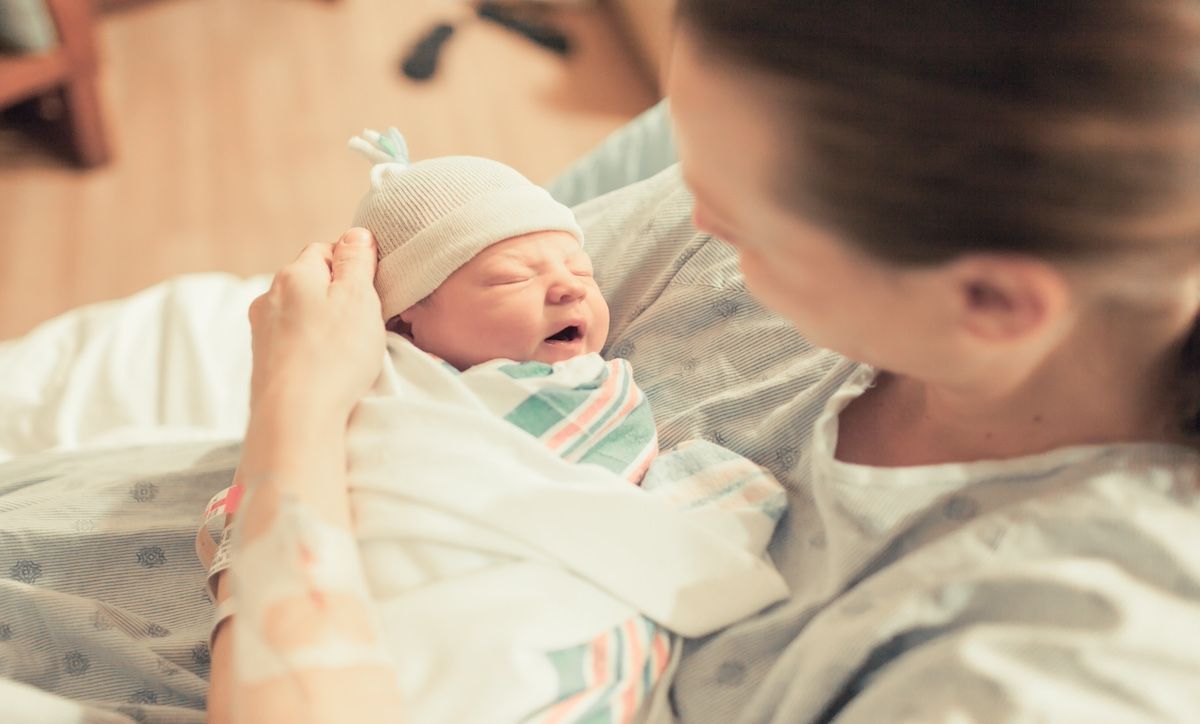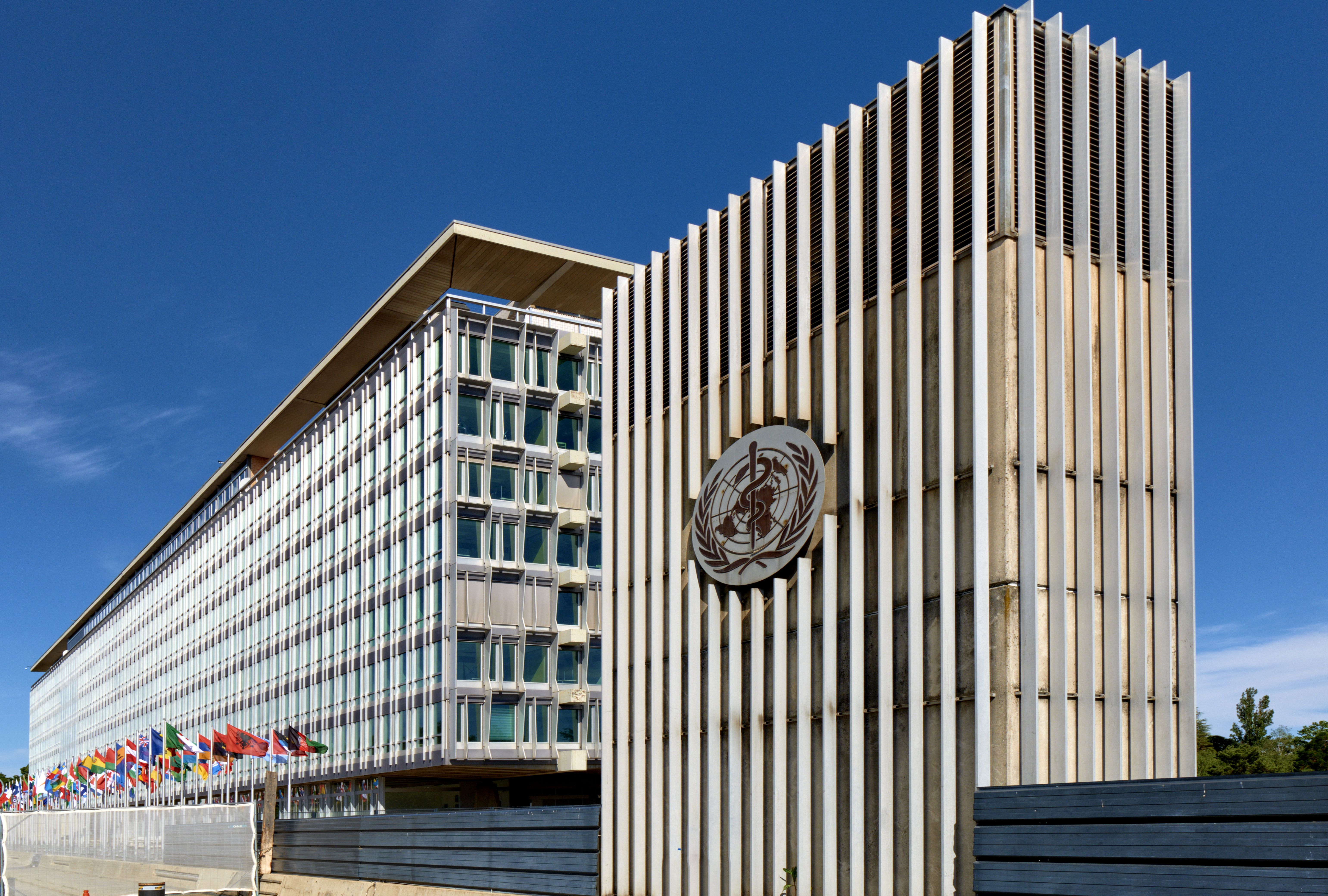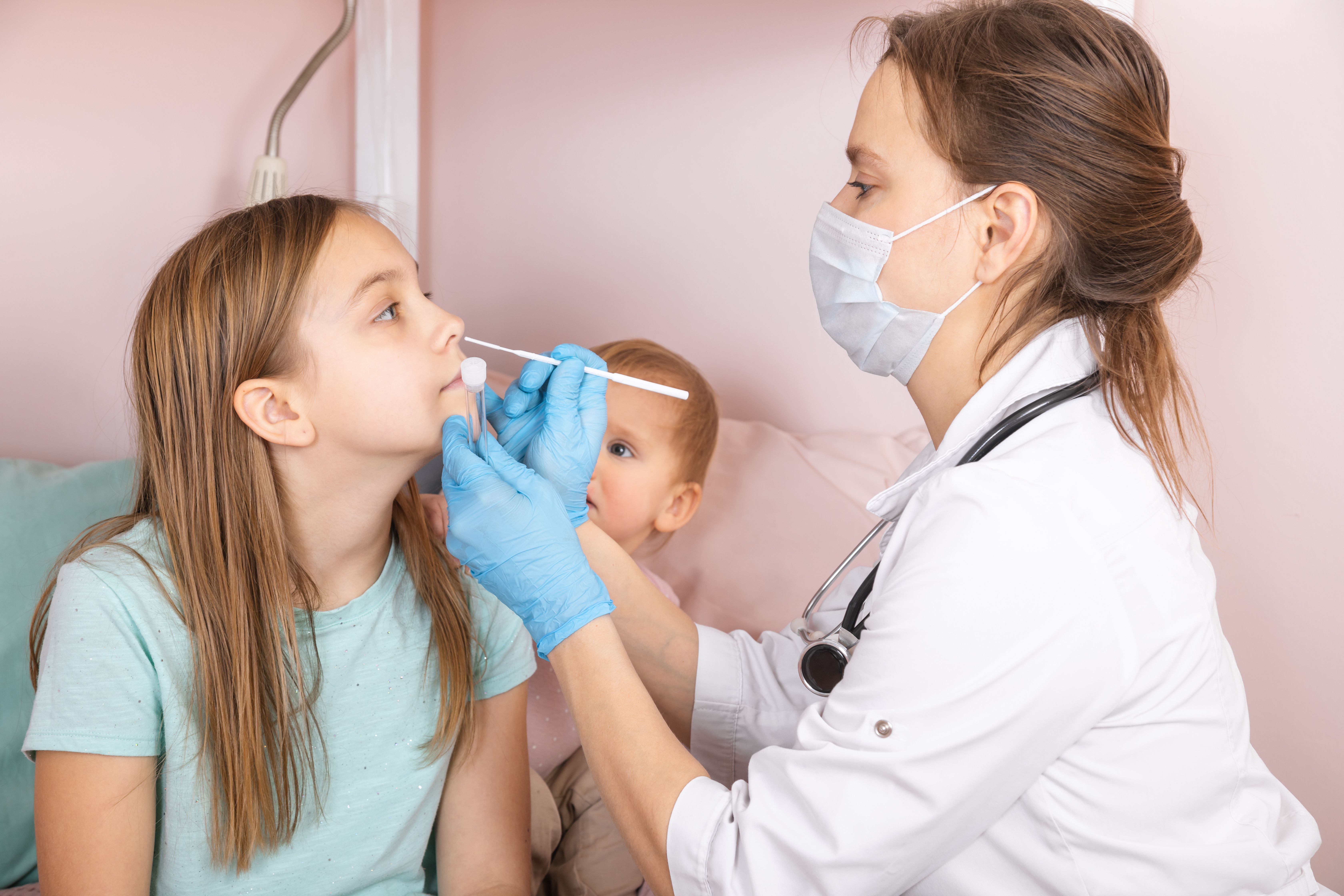Feature
Article
Over Half of US Infants Infected With RSV in First Year of Life, Study Finds
Author(s):
Key Takeaways
- Over half of healthy term infants in the U.S. are infected with RSV by their first birthday.
- Active and passive surveillance methods revealed a significant burden of RSV, with 1.5% of infants hospitalized.
More than half of healthy term infants born in the United States are infected with respiratory syncytial virus (RSV) during their first year of life, with significant hospitalization and illness rates observed.
A recent study has found that 53.4% of healthy term infants in the United States are infected with respiratory syncytial virus (RSV) by their first birthday.1 Active and passive surveillance methods, including PCR testing and antibody serology, detected a significant burden of illness, with 1.5% of all infants requiring hospitalization due to RSV.

“These data provide benchmarks to monitor effects of maternal vaccines and extended half-life monoclonal antibodies,” wrote the authors of the population-based cohort study, which was published in Emerging Infectious Diseases.
Each year in the United States, an estimated 58,000 to 80,000 children younger than 5 years are hospitalized due to RSV, according to the CDC.2 While most cases of RSV are mild, severe cases can lead to bronchiolitis and pneumonia.
Because previous population-based surveillance studies are lacking, the researchers aimed to determine prevalence and risk factors for RSV among healthy infants in the United States.1
The study used a combination of active and passive surveillance to determine RSV prevalence among healthy term infants. Active surveillance involved collecting nasal samples from infants every 2 weeks based on symptom surveys, with RSV infection confirmed using quantitative reverse transcription PCR (qRT-PCR). Infants with acute respiratory infections underwent in-person respiratory assessments and additional nasal wash sampling for molecular detection of RSV.
Passive surveillance included measuring serum RSV antibody titers from blood samples collected at 1 year of age using an Enzyme-Linked Immunosorbent Assay (ELISA). The study cohort, drawn from 11 regional pediatric practices, was monitored over 2 RSV seasons (2012–2014), and multivariable logistic regression was applied to identify risk factors for RSV infection. This comprehensive approach allowed for robust assessment of both symptomatic and asymptomatic RSV cases.
The study found that 53.4% of healthy term infants were infected with RSV by their first year of life. Among these infants, 36.1% of infections were detected through symptomatic illness, while the majority (63.9%) were identified through antibody testing alone, indicating a substantial proportion of asymptomatic cases.
RSV-associated hospitalizations occurred in 1.5% of the total cohort and 2.8% of infants with RSV infections, while 15.9% of infected infants experienced lower respiratory tract infections (LRTIs).
No deaths were reported. Key risk factors for RSV infection included earlier birth months, the presence of siblings, daycare attendance, and living in neighborhoods with higher poverty levels, underscoring the socioeconomic influences on RSV exposure.
However, the researchers acknowledged some limitations to the study. First, the eligibility criteria and sociodemographic characteristics of the cohort may limit the generalizability of the findings to other populations, as the participants were healthy, term infants, which might not fully represent the broader population.
Additionally, while the study cohort included healthy term infants, it did not include preterm or medically complex infants, who may experience more severe RSV outcomes. The potential for misclassification also exists, as some infants classified as uninfected could have had undetected RSV infections.
Another limitation is the study's time frame, covering 2 RSV seasons from 2012 to 2014. Although the authors do not expect substantial changes in RSV infection rates or risk factors over time, newer data might reflect slightly different patterns. Finally, the study’s focus on a specific set of pediatric practices might limit broader applicability, especially to regions with different health care systems or socioeconomic contexts.
These findings highlight the significant burden of RSV in infancy and point to the need for preventive measures, such as vaccines and monoclonal antibodies, to reduce severe outcomes.
“In conclusion, our data are important estimates of the burden of RSV disease and risk factors for infection in healthy term infants,” wrote the researchers. “Our findings provide a benchmark to monitor the effects in the United States of recently available maternal vaccines and extended half-life monoclonal antibodies for severe RSV illness prevention in early life.”
References
1. Cacho F, Gebretsadik T, Anderson LJ, et al. Respiratory syncytial virus prevalence and risk factors among healthy term infants, United States. Emerging Infectious Diseases. 2024;30(10):2199-2202. doi:10.3201/eid3010.240609.
2. RSV in infants and young children. CDC. August 30, 2024. Accessed September 25, 2024. https://www.cdc.gov/rsv/infants-young-children/index.html.




